16 Top Exotic Filipino Dishes to Savor
Filipino cuisine bursts with vibrant flavors that challenge traditional culinary expectations, offering a tantalizing journey through unique taste combinations.
These exotic dishes represent a culinary landscape shaped by diverse cultural influences and regional traditions.
Generations of Filipino cooks have transformed local ingredients into extraordinary gastronomic experiences that surprise and delight adventurous food lovers.
Unexpected flavor profiles and innovative cooking techniques make these recipes stand out from standard international fare.
Rich historical foundations blend with creative preparation methods, resulting in dishes that tell stories of heritage and innovation.
Some recipes push boundaries of conventional taste, incorporating ingredients that might seem unusual to international palates.
Unexpected textures and bold spice combinations create memorable dining experiences that transform ordinary meals into extraordinary culinary adventures.
Get ready to explore 16 Filipino dishes that will revolutionize your understanding of global cuisine:
Balut
Balut are fertilized duck eggs boiled and eaten from the shell, prized in Philippine street food culture for their intense flavor and high protein content.
Embryonic development ranges from 14 to 21 days, determining the egg's texture and visual complexity.
Street vendors sell these eggs hot, often accompanied by salt and vinegar for enhanced taste.
Locals crack open the shell and drink the savory broth before consuming the partially developed embryo and remaining egg.
Philippine cuisine celebrates this protein-rich delicacy as a traditional snack that challenges Western food norms.
Nutritionally dense, balut provides significant protein and minerals while embodying cultural culinary traditions.
Tuslob-Buwa
Tuslob-Buwa is a bold Filipino street food delicacy celebrating pork offal with intense flavors from Central Visayas.
Adventurous eaters adore this unique dish showcasing pork liver and brain simmered in a complex blend of shrimp paste, garlic, soy sauce, and chilies.
Locals traditionally prepare the stew by slowly cooking organ meats until they develop a rich, deeply savory character.
Street vendors often serve this hearty mixture alongside pusô, a woven coconut leaf rice packet perfect for soaking up the robust sauce.
Daring food enthusiasts appreciate the dish's authentic representation of Filipino culinary resourcefulness.
Regional cooks transform humble ingredients into a memorable dining experience that challenges conventional protein preferences.
Tamilok
Tamilok are slippery marine mollusks found in Philippine mangrove forests, prized by adventurous food enthusiasts as a unique delicacy.
Locals typically consume these foot-long bivalves raw, treating them like a seafood sashimi with zesty accompaniments.
Fishermen carefully extract tamilok from rotting mangrove wood, cleaning the grayish creatures before serving them immediately.
Culinary experts compare their taste to fresh oysters, offering a briny and delicate marine flavor.
Indigenous communities in Palawan and Samar provinces consider tamilok a traditional protein source, often preparing them with simple citrus and vinegar.
Careful preparation involves removing the mollusk's intestinal tract and serving it chilled, creating an authentic local delicacy that challenges conventional seafood expectations.
Abuos
Abuos are Filipino delicacies featuring red weaver ant pupae, prized for their unique sour flavor and caviar-like texture.
Adventurous food lovers seek this exotic dish that combines pupae with aromatic ingredients like onions, tomatoes, and eggs.
Culinary enthusiasts prepare abuos through various methods, including traditional sautéing and innovative raw presentations.
Ant eggs resemble small legumes and deliver an unexpected tangy taste that challenges conventional eating experiences.
Regional Filipino communities have long appreciated these protein-rich morsels as a delicacy.
Indigenous cultures consider abuos a delightful nutritional source that represents local culinary innovation.
Dinuguan
Dinuguan is a bold Filipino pork blood stew bursting with intense savory flavors and a distinctive tangy profile that challenges culinary boundaries.
Chefs carefully sauté onions and garlic as the aromatic base for this traditional dish.
Tender pork pieces brown beautifully in the pan before simmering with dry herbs and a splash of vinegar.
Green peppers add vibrant color and complexity to the rich mixture.
Blood becomes the critical ingredient, transforming the stew into a deep, dark delicacy prized in Filipino cuisine.
Meat lovers and adventurous eaters appreciate this hearty preparation that showcases the cultural depth of Philippine cooking.
Isaw
Isaw are grilled chicken or pig intestines, a beloved Philippine street food prized for its smoky, charred exterior and rich flavor profile.
Street vendors carefully clean and pre-cook these unique intestines before marinating them in a zesty blend of soy sauce and ketchup.
Skilled grillers expertly char the meat over hot coals, creating a crispy exterior that contrasts with the tender interior.
Filipinos typically enjoy isaw with a tangy dipping sauce like spiced vinegar or sweet chili condiment.
Philippine street food culture celebrates this affordable and delicious snack that transforms an unusual ingredient into a mouthwatering treat.
Adventurous eaters appreciate isaw as a quintessential example of Filipino culinary creativity and resourcefulness.
Lengua Estofada
Lengua estofada mesmerizes food lovers with tender ox tongue braised in a luscious tomato sauce that melts in your mouth.
Spanish and Latin American kitchens celebrate this hearty dish featuring succulent meat slowly simmered until incredibly tender.
Professional chefs carefully prepare the tongue by removing outer membrane and trimming unwanted fat before seasoning generously.
Green olives and garlic create complex flavor profiles that dance across your palate with each delightful bite.
Home cooks typically serve this classic recipe alongside steamed white rice or crispy fried potatoes for a complete meal.
Regional variations might include unique spices or additional vegetables that enhance the already remarkable taste experience.
Adidas
Adidas are Filipino street food chicken feet grilled to perfection with a signature smoky taste that captures the vibrant street culinary culture.
Marinated in a savory soy-based sauce, these crispy morsels get their playful name from their uncanny resemblance to the famous Adidas shoe logo's three stripes.
Street vendors expertly char these chicken feet over hot coals, creating a deliciously caramelized exterior that crackles with each bite.
Locals and tourists alike enjoy adidas as a popular snack paired perfectly with ice-cold beer or steamed rice.
Philippine street food culture celebrates these crispy, flavorful chicken feet as a beloved quick meal option.
Pusô (hanging rice) often accompanies this iconic street delicacy, completing the authentic Filipino street food experience.
Helmet
Helmet is a unique Filipino street food delicacy featuring grilled chicken heads that surprises adventurous eaters with its rich flavor and crispy texture.
Skewered on bamboo sticks, these marinated chicken heads transform into a popular street snack prized by locals for their savory taste.
Marinade typically includes soy sauce, garlic, and spices that enhance the meat's natural richness.
Grilling process creates a delightful char that deepens the complex flavor profile.
Street vendors across the Philippines sell these skewered treats as quick, affordable snacks.
Brave food enthusiasts often consider helmet a quintessential example of Filipino culinary creativity.
Soup Number Five
Soup Number Five is a daring Filipino delicacy that challenges culinary boundaries with its bold bull's reproductive organs simmered in a spicy, aromatic broth.
This adventurous pulutan dish packs intense flavors from lemongrass, ginger, and chili peppers that electrify taste buds during social drinking sessions.
Seasoned generously with fish sauce and black pepper, the soup delivers a complex taste profile that intrigues curious food enthusiasts.
Local folklore suggests the soup possesses aphrodisiac qualities, adding mystique to its cultural significance.
Filipino chefs carefully prepare the ingredients, balancing sibot herb mix with traditional spices to create a robust and memorable experience.
Brave diners appreciate this unconventional soup as a testament to Filipino cuisine's innovative and fearless culinary traditions.
Adobong Kamaru
Adobong kamaru are crispy mole crickets cooked in a tangy Filipino adobo style that challenges adventurous eaters.
Mole crickets transform into a delectable protein when sautéed with garlic, onions, and robust spices.
Native to Central Luzon, this dish showcases local culinary creativity by turning insects into a savory delicacy.
Vinegar and tomatoes create a sharp, complex marinade that softens the crickets' texture and enhances their natural flavor.
Chili peppers add a spicy kick that complements the earthy cricket meat.
Locals consider this dish a traditional delicacy that demonstrates resourcefulness and respect for indigenous ingredients.
Betamax
Betamax are grilled chicken blood cubes that define Filipino street food culture with their bold, unexpected flavor profile.
Skewered and charred to perfection, these savory cubes capture the essence of Filipino culinary creativity.
Locals typically enjoy Betamax during social gatherings, pairing the dish with ice-cold beer and spiced vinegar for maximum taste excitement.
Soy sauce, oil, and banana ketchup infuse each cube with rich, complex seasonings that elevate the unique protein.
Street vendors carefully dry and shape chicken blood into distinctive rectangular pieces before grilling them to achieve a crispy exterior.
Filipino food enthusiasts appreciate this innovative snack as a testament to resourceful cooking that transforms humble ingredients into a memorable delicacy.
Chicharon Bulaklak
Chicharon bulaklak is a crispy Filipino delicacy prized for its crunchy texture and rich pork flavor that transforms humble pork intestines into an irresistible street food snack.
Filipinos celebrate this dish during gatherings, serving it with spicy vinegar and steamed rice for maximum enjoyment.
Pork intestines receive careful preparation through initial boiling and seasoning with traditional herbs and spices.
Careful deep-frying creates a golden brown exterior that crackles with each bite.
Draining excess oil on kitchen paper towels ensures maximum crispiness and reduces greasiness.
Salt and pepper provide essential seasoning that elevates the meat's natural taste.
Ginataang Kuhol
Ginataang kuhol are succulent snails simmered in creamy coconut milk, representing a bold Filipino delicacy that adventurous food lovers crave.
Coastal regions of the Philippines cherish this hearty dish featuring tender river snails swimming in rich, spicy coconut sauce.
Local chefs carefully clean and prepare the snails before slow-cooking them with garlic, chili peppers, and aromatic spices.
Fresh vegetables like string beans and chili peppers add vibrant color and extra flavor to the stew.
Soy sauce provides a salty depth that complements the coconut's natural sweetness.
Steamed rice serves as the perfect accompaniment, soaking up the luxurious sauce and completing this traditional Filipino culinary experience.
Pinikpikan
Pinikpikan is a provocative Filipino chicken dish from Northern Philippines that challenges culinary boundaries through its controversial preparation method.
Ilocano indigenous communities traditionally create this intense meal by rhythmically beating a live chicken before cooking, believing the technique concentrates blood and enriches meat flavor.
Practiced by Igorots, this ancient cooking ritual involves striking the chicken with a stick to cause internal bruising without breaking skin.
Preparation requires careful technique to ensure meat remains intact while blood circulates beneath the surface.
Cooks carefully select chickens and execute precise strikes to maintain meat quality.
Cultural significance and unique preparation make pinikpikan more than just a meal - it represents a deep connection between traditional practices and food preparation.
Betute Tugak (Deep-fried Stuffed Frogs)
Betute tugak are Philippine delicacies featuring deep-fried frogs packed with a savory ground pork mixture that surprisingly tastes like chicken.
Local chefs in Luzon carefully prepare these unique appetizers by meticulously cleaning frogs and removing skin, head, and internal organs.
Garlic, onion, salt, and vinegar infuse the stuffing with robust flavors that complement the tender meat.
Restaurants and home cooks skillfully stuff the cleaned frogs with the seasoned pork blend before deep-frying them to golden perfection.
Regional culinary traditions celebrate these crispy amphibian treats as both a main course and popular pulutan (beer snack).
Adventurous food lovers appreciate betute tugak as a distinctive Filipino dish that transforms humble ingredients into a memorable culinary experience.

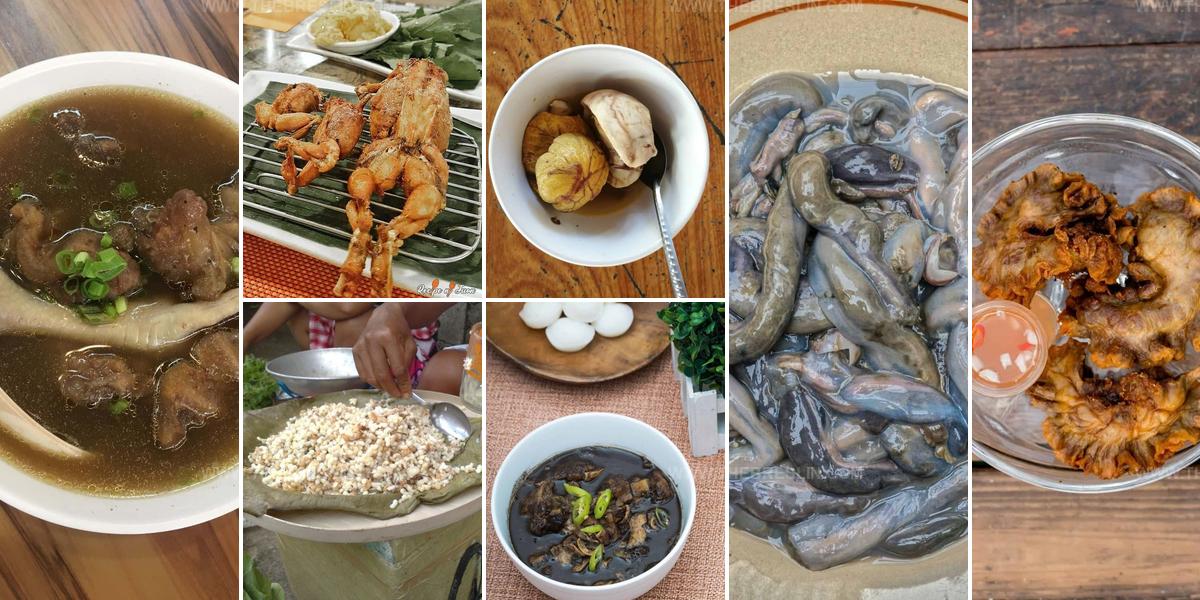
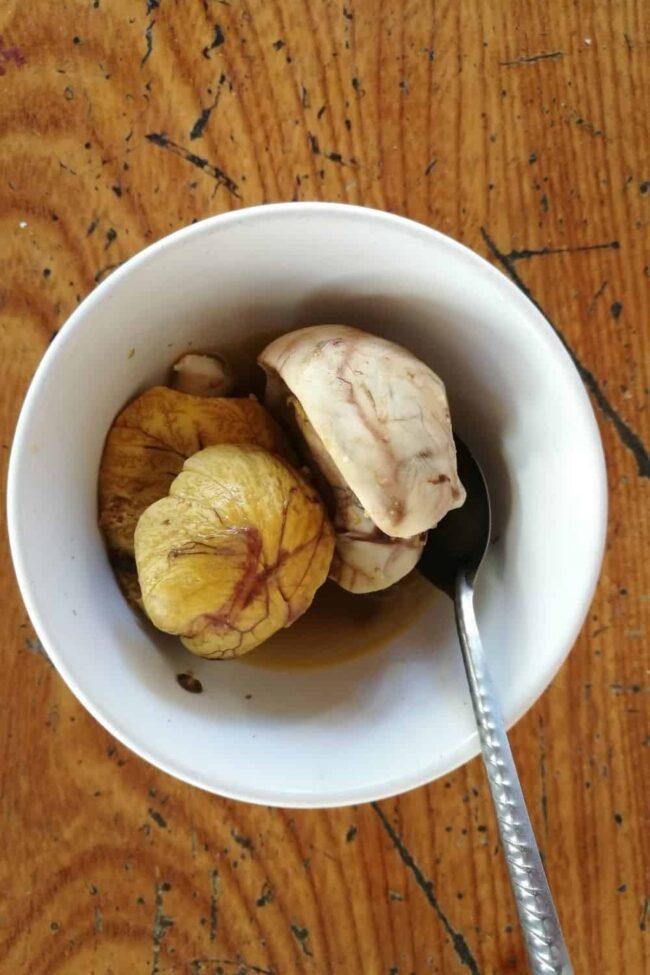



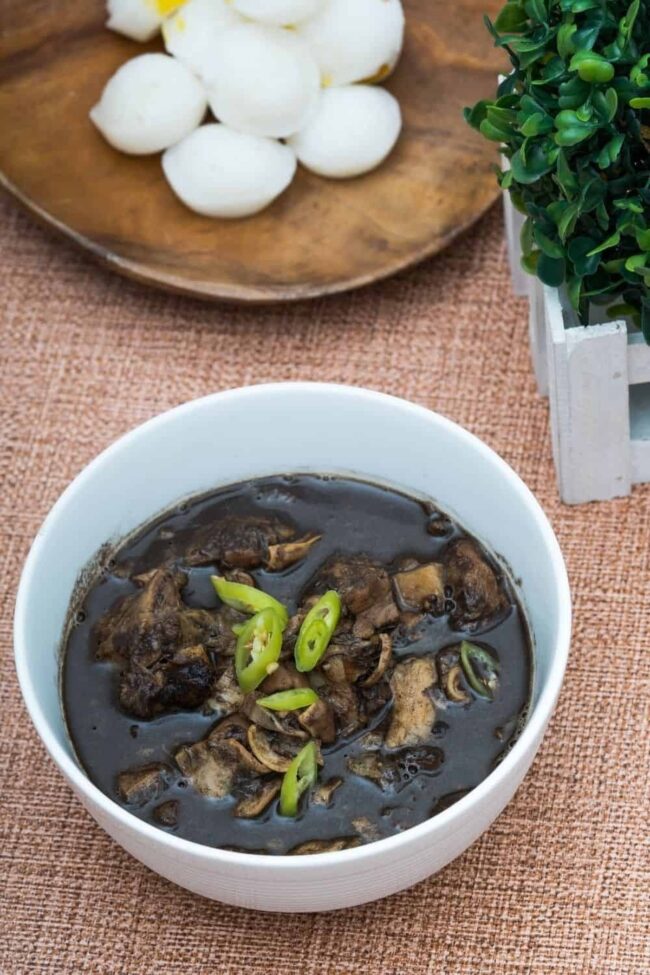

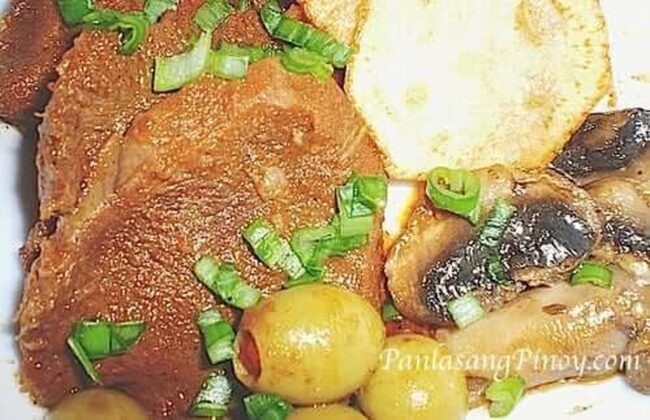

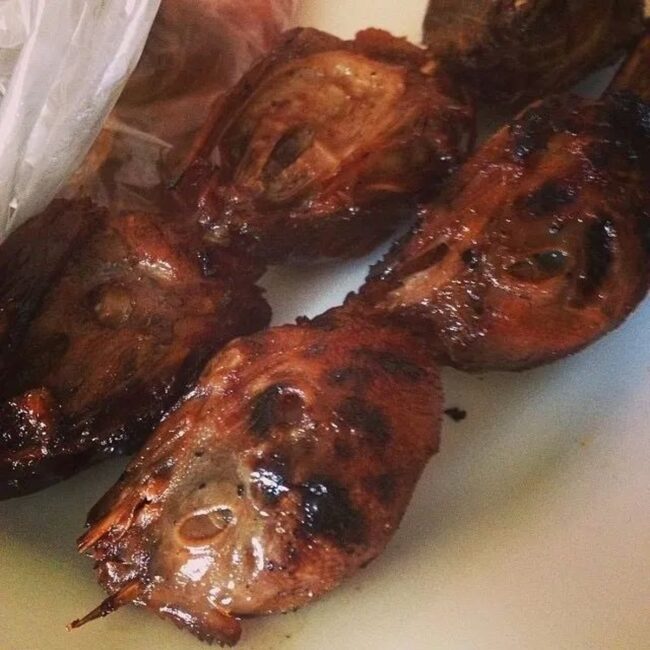
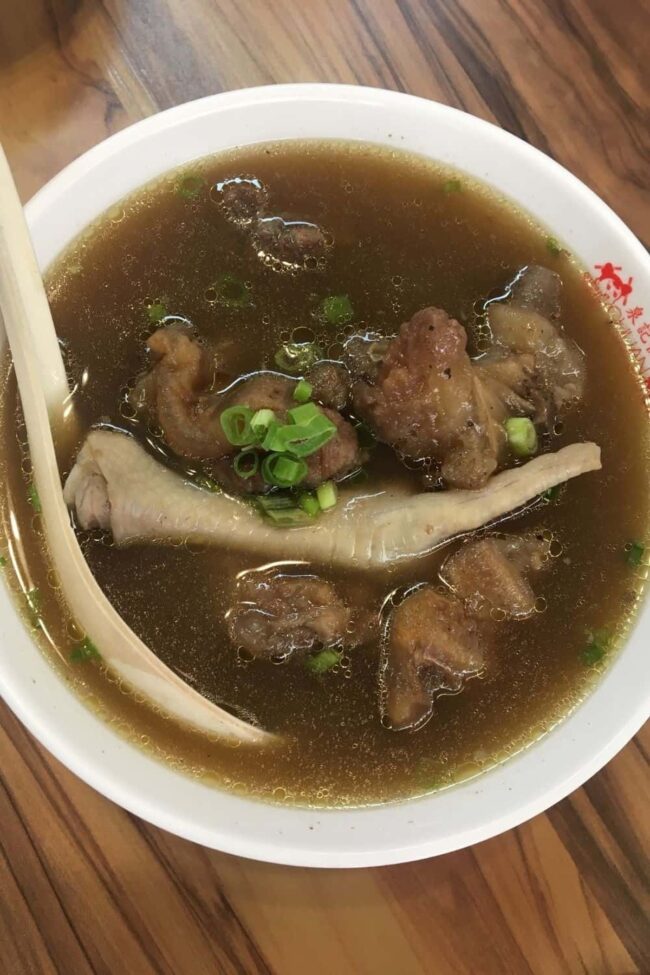
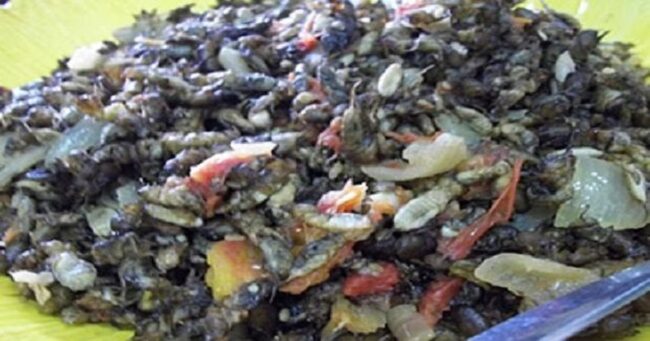

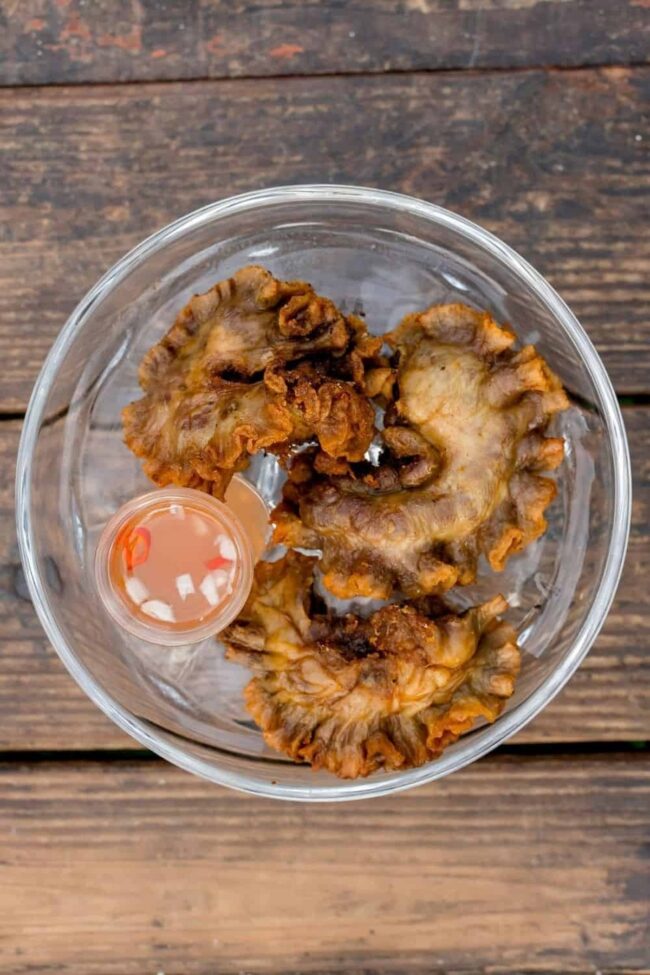

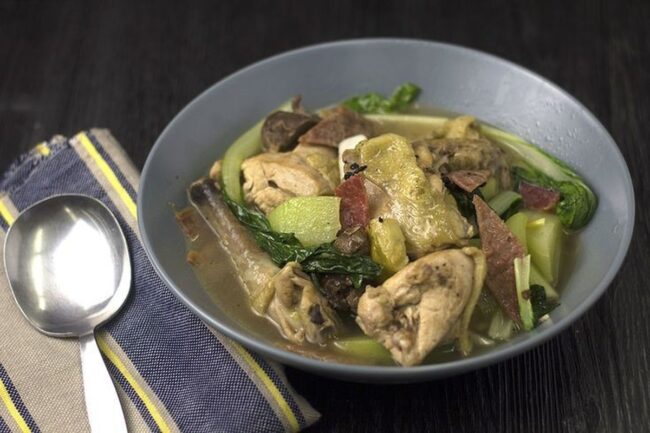
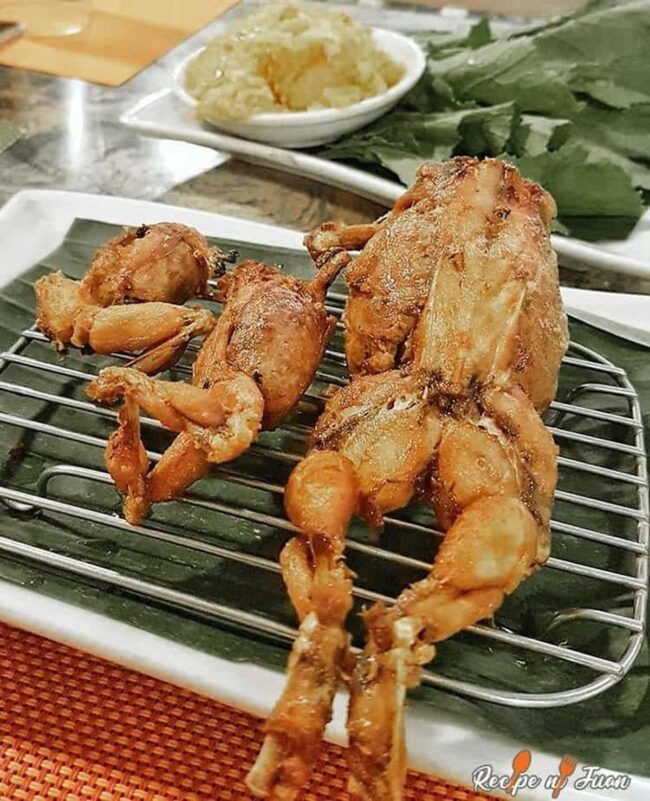
Expertise
Education